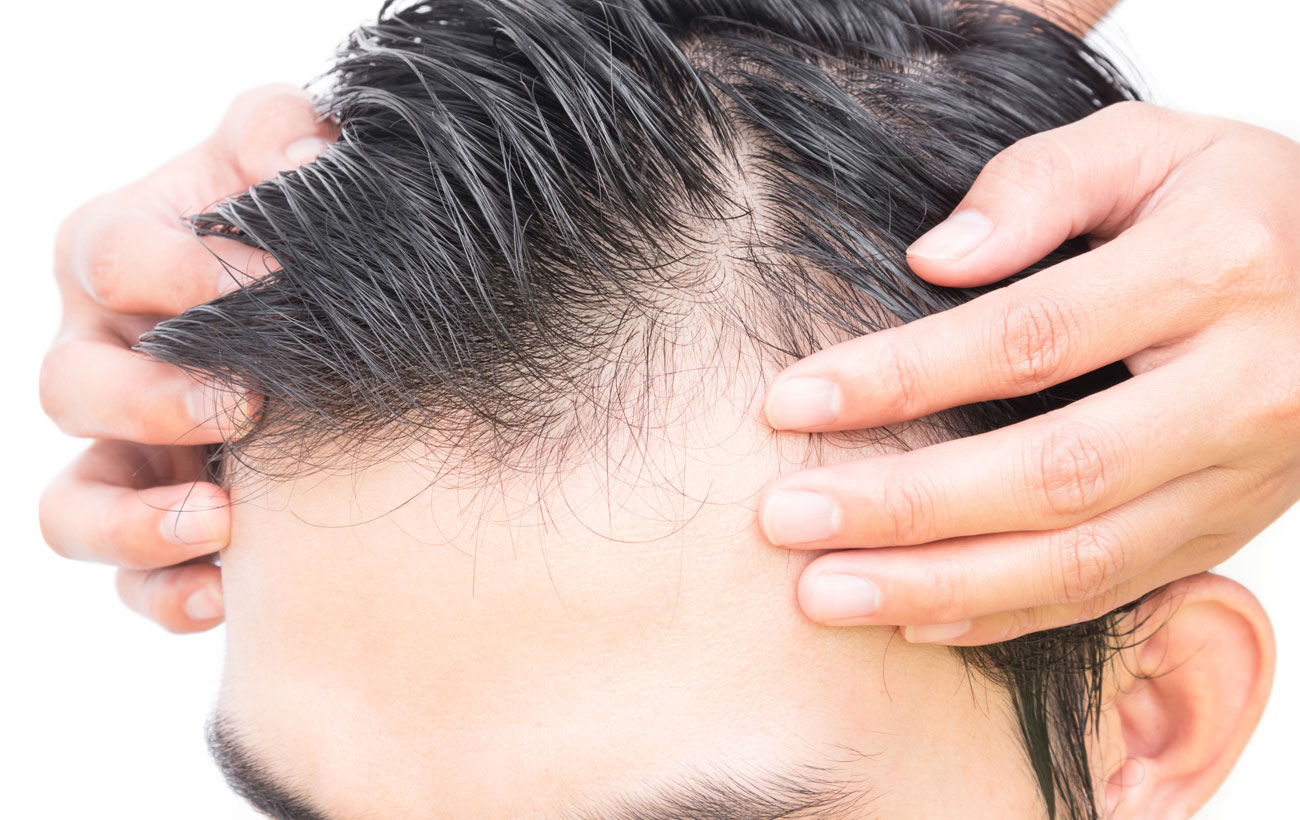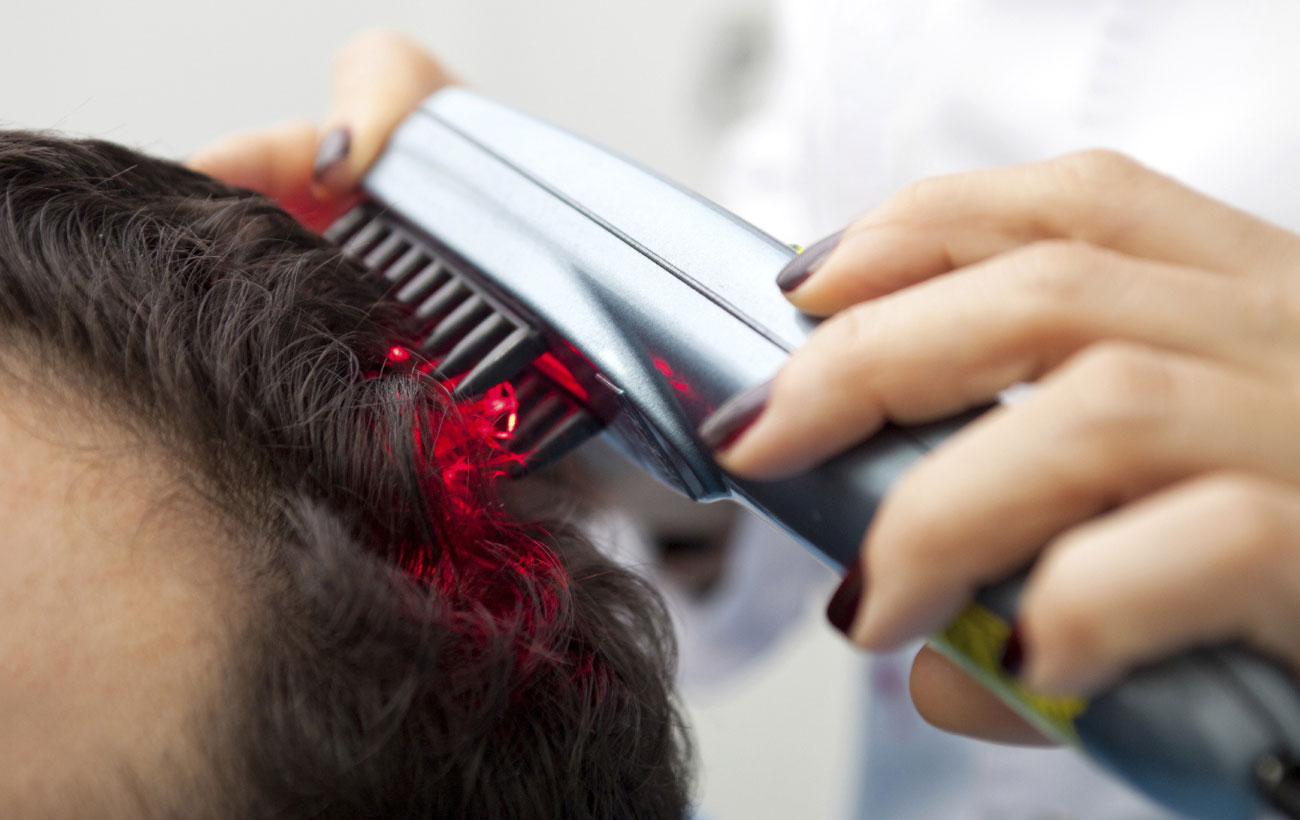Surgical treatment includes (i) hair transplantation, a procedure where hair follicles are taken from the…

Male pattern hair loss (MPHL) is the most common type of hair loss in men. It is also known as androgenetic alopecia. It affects about 50% of men over the age of 50.
Causes of male pattern hair loss
- MPHL is caused by a combination of genetic and hormonal factors. A hormone called dihydrotestosterone (DHT) causes a change in the hair follicles on the scalp. The hairs produced by the affected follicles become progressively smaller in diameter, shorter in length and lighter in color until eventually the follicles shrink completely and stop producing hair.
Inheritance of male pattern hair loss
- It is believed this can be inherited from either or both parents.
Symptoms of male pattern hair loss
- Men can become aware of scalp hair loss or a receding hairline at any time after puberty. There are usually no symptoms on the scalp. Hair loss may cause significant psychological difficulties.
Diagnosis of male pattern hair loss
- The diagnosis is usually based on the history of scalp hair loss on the front/ top of the head or receding hairline, the pattern of hair loss and a family history of similar hair loss. The skin on the scalp looks normal on examination. Occasionally blood tests may be carried out.



